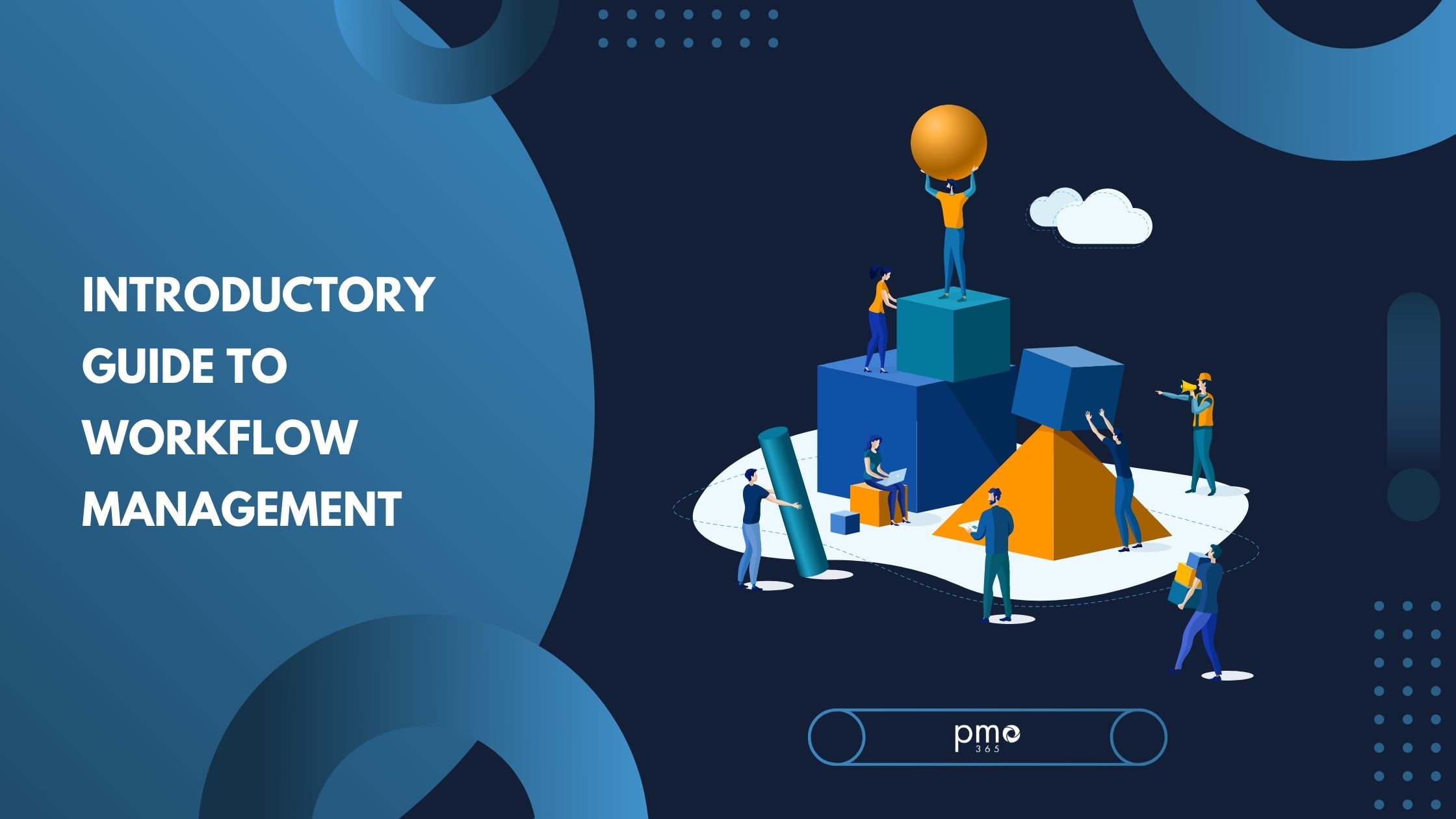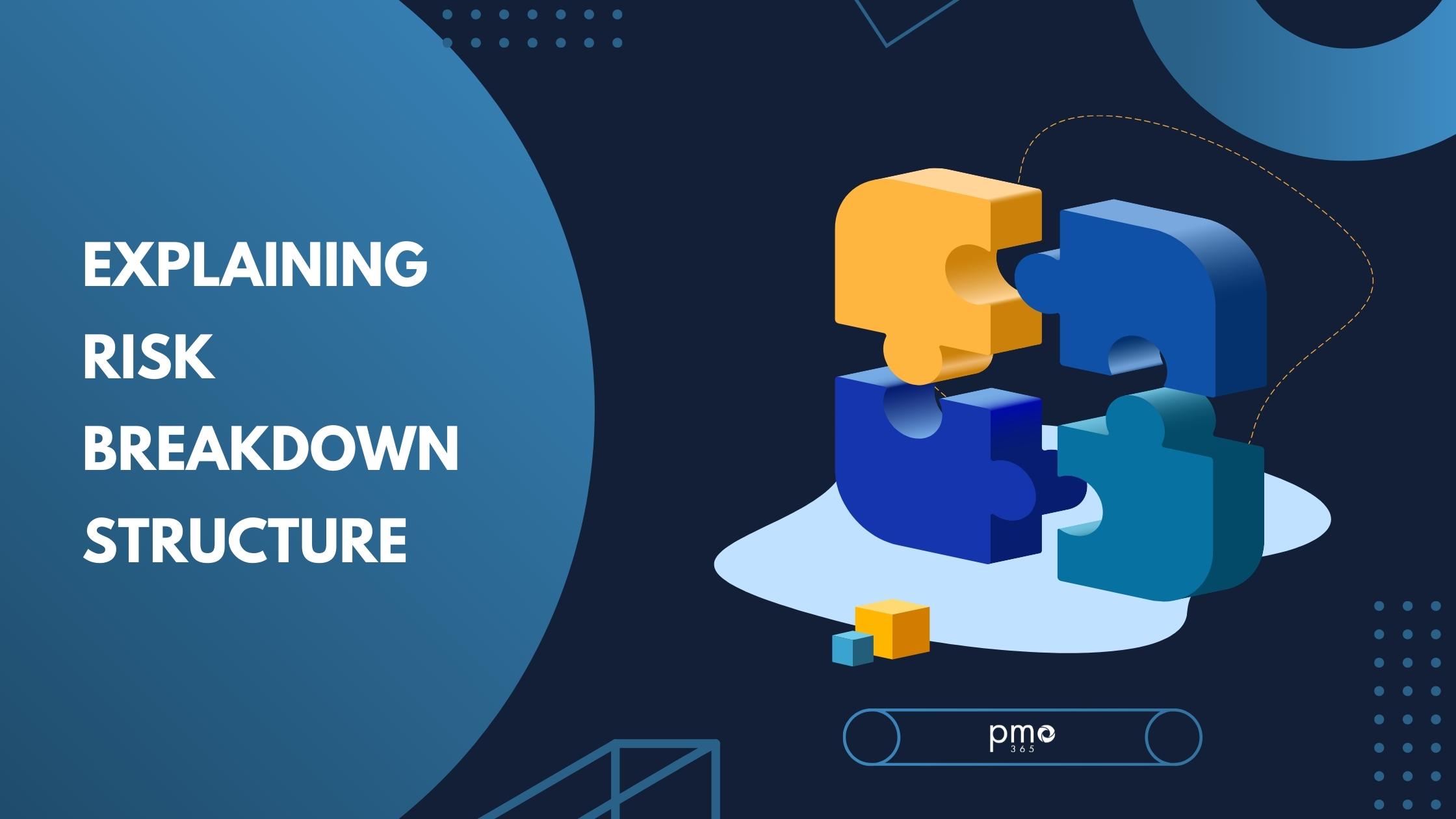In project management, we often use a Work Breakdown Structure (WBS) to structure delivery. So, what is a work package? A work package, as part of the WBS, is essentially a unit of work or delivery. It helps project managers compartmentalise projects into smaller workable chunks. Projects consist of a multitude of small tasks that can easily overwhelm and confuse teams if you don’t manage them effectively. With projects becoming increasingly complex in our fast-paced and interconnected world, being able to properly drill down and measure discrete units of work is vital to keep them moving.
What is a Work Package?
A work package is the foundational building block of a work breakdown structure. It is the smallest unit within the WBS and it acts much like a mini-project. When you combine it with other work packages, it creates a complete project.
Another option is breaking down projects into smaller parts, which project managers call ‘decomposition’. This teams to identify smaller manageable chunks that they can work on simultaneously. This optimises time and resources.
The main purpose of a work package is to provide teams with a clear set of steps that can the team can follow, communicate, and complete within a set deadline. The completion of all work packages should achieve predefined objectives and therefore the overall completion of the project.
The Benefits of Work Packages
Work packages bring a wide range of benefits to organisations beyond simply breaking down projects into more managable parts. These include:
1. Improved communication, collaboration and handover processes within teams
Work packages help keep teams on the same page and allow them to better communicate and collaborate with one another. With this information team members know exactly what their managers expect them to do, and how to do it. The work package sets out clearly defined steps, objectives, responsibilities and more.
Additionally, work packages are extremely useful for handing activities over to other teams or external vendors. It allows employees to convey the scope of work without overloading the recipient with unnecessary detail. Teams can easily pick up where other teams have left off and thereby keep projects moving.
2. Providing clear understanding and control over workloads
By clearly defining objectives, deliverables and other expectations, leaders better understand the workloads they are putting on their team members. It allows them to identify areas that they have overloaded or underutilised, so they can better optimise their resources. As a result, project managers can better control workloads, and base them off on realistic conditions rather than overly optimistic projections.
3. Boosting project productivity and efficiency
One of the key benefits of breaking down projects into work packages is allowing teams to identify areas of the project that they can work on simultaneously. It improves overall productivity and efficiency within projects by optimising resources and identifying opportunities to speed up timelines.
4. Enabling more accurate cost estimations
What is a work package but a unit of activity? This kind of detailed analysis provides the most accurate identification of costs, rather than estimates based on big overarching sections of work. Work packages provide specific costs such as direct labour expenses, material and equipment, travel and a host of indirect costs summarised in work packages. They also help you easily identify areas of cost inefficiency that you can enact improvements in.
5. Enhancing project measurement, monitoring, and management activities
With work packages, teams can track their project measurements on a granular level. This provides a much better understanding of day-to-day activities and progress. It also gives project teams a better understanding of real-time project conditions and helps them to identify specific areas that may be slowing down the project or unnecessarily increasing costs.
The Elements of a Work Package
The answer to the question, ‘what is a work package’, may vary depending on the project methodology or software applied. It may also vary according to the level of depth your team requires. However, work packages typically contain some of the following elements:
A Work Package Objective
An individual work package typically aims to achieve one or more project objectives. This section clearly identifies the specific project objectives the work package aims to achieve at completion. It also typically provides a general outline of different methods and actions needed to produce the deliverables or outputs that achieve the project objective.
A Description of Activities
This section describes the series of activities that the team needs to complete the work package. It should be comprehensive, structured and concise while making sure to link back to the objectives, methods and outputs/deliverables of the work package and project as a whole.
A Timeframe and Milestones
After listing out all the necessary activities, teams can estimate a realistic timeframe and deadline for when they will complete work package, typically outlining the expected start date and the latest date of completion. Depending on the type of project, the team can measure timeframes in days, weeks or months. Additionally, the timeframes or timelines also include clearly define milestones that act as signifying events or checkpoints within the work package that helps validate project progress. This can come in the form of important decision making moments or the completion of a deliverable.
Outputs and Deliverables
The completion of activities should result in specific outputs or deliverables. Outputs can be both tangible and intangible, whereas deliverables are typically a physical output tied to a specific objective of the work package and project. Deliverables can be further categorised into external deliverables, which cater to customers and stakeholders, and internal deliverables, which are produced to facilitate the execution of a project. It is important that both types of deliverables are clearly identified and listed within the work package plan.
Roles and Responsibilities
The roles and responsibilities within a work package will vary depending on the complexity and number of partners within a project. With multi-partner projects, it is important to outline the specific roles of each partner and stakeholder to maintain clarity. It is typically best practice to allocate a single organisation and individual as the oversight of the work package owner. Furthermore, particular tasks or actions should be allocated to specific team members, including leaders or managers. This ensures all tasks are accounted for, monitored and managed by an individual.
Relationships to Other Work Packages
While work packages are meant to be granular and individual, it is important to identify relationships or interconnections with other work packages on a grander, project level. This helps teams better understand the order of steps they need to take, as well as those that must be completed before other activities can start. These interrelationships are typically represented on visual graphs like Gantt charts, flow charts, or diagrams.
Best practice for Work Packages
While the way a team or organisation creates and implements their work packages and work breakdown structure may vary, there are some general best practices to make sure you are making the most of your work packages. Here are some general tips.
Calculate work package performance with Earned Value Management
While work packages are great at tracking progress, it typically is unable to truly calculate the performance and value generated by each individual activity and package on its own. By pairing it with Earned Value Management tools and techniques, teams can integrate their work package progress with overall project scope, cost and schedule measures to provide a more multi-dimensional understanding of work package performance.
Pmo365 is able to integrate your work packages with earned value management tools that allow teams to calculate the planned and earned value of activities down to the granular level and gain a real-time understanding of project progress and performance.
Keep your work packages realistic
It can be tempting as a team leader to make timeframes and milestones that are overly optimistic in the hopes of pushing and motivating teams to work faster. However, overly optimistic estimations often lead to unmet expectations, work overload and long-term projects delays. By keeping your work packages realistic and achievable, teams can more confidently assure stakeholders of their progress and results while also allowing teams to feel accomplished.
Actively collaborate with team members when defining work packages
One way to keep your work packages realistic and achievable is by actively collaborating with team members when defining work packages. It can be hard to make realistic estimates if the team leader themselves does not explicitly understand the amount of work required for each task and activity. Making sure that team members have a space to openly share their thoughts and give their input to work packages helps leaders make sure they are not overloading or underutilising the resources and talent within their teams. Balancing workloads is an increasingly important aspect of maintaining healthy teams with research showing that one in three Australian-based employees cited burnout as the primary reason for resignation.
Tap into the power of Work Breakdown Structures with pmo365
Want to make the most out of your work packages and tap into the full potential of a work breakdown structure? Our PPM experts know just how valuable a proper WBS tool can be for your organisation and have some great insight for you and your teams. Check out our article how to use a statement of work to manage your workload. If you want to see an intuitive WBS tool in action, make sure to book a free trial with our PPM experts today!













